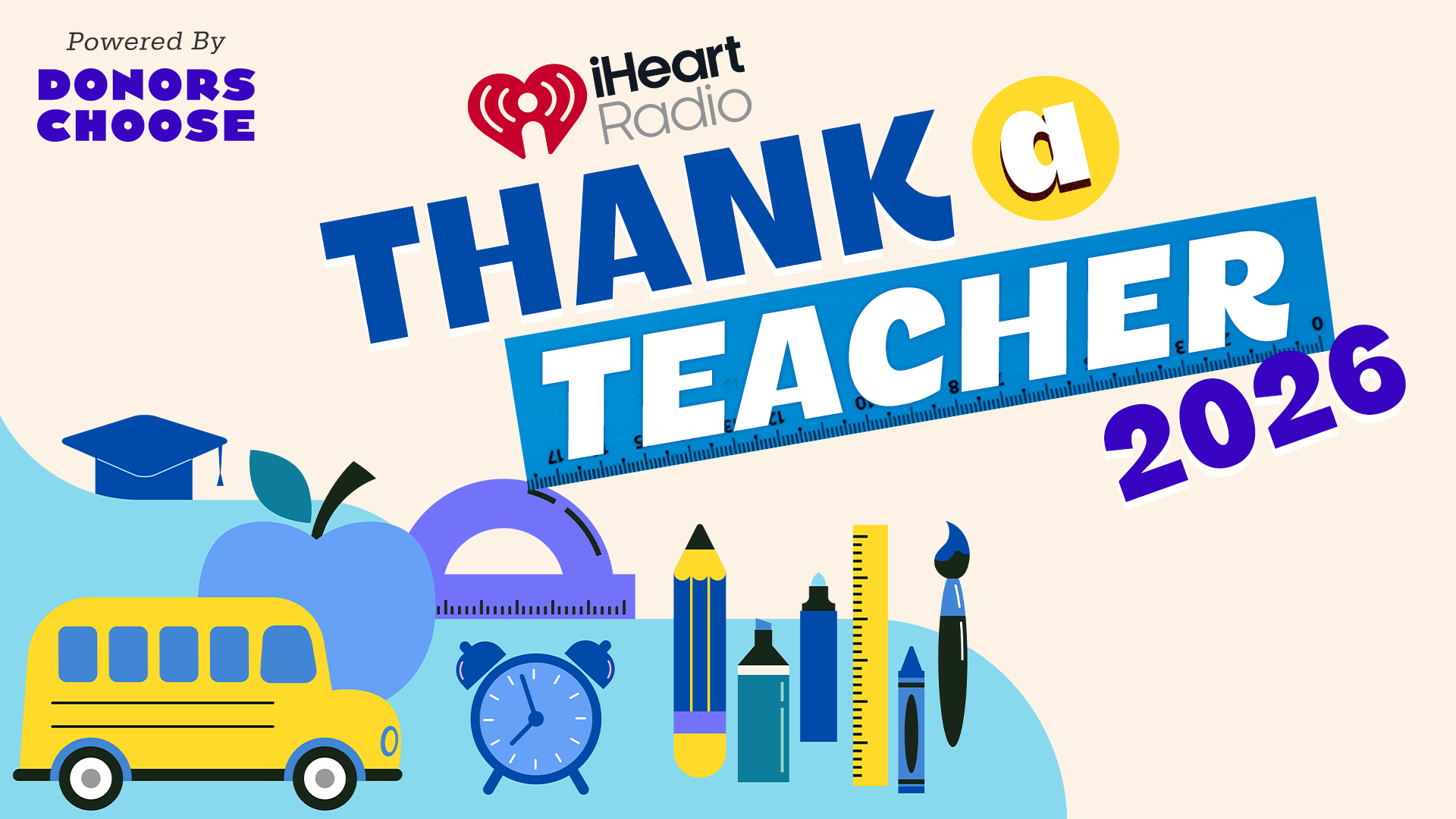Everyone has opinions about our nation’s education system. If you’re wondering how you can really make a difference, start by listening to the experts — teachers on the front lines.
As the nation's largest education non-profit, we have the privilege of hearing directly from public school teachers about what's happening in America's classrooms. Each year, we conduct a formal survey of DonorsChoose teachers to better understand what’s happening in schools, straight from the source. These are the top 5 takeaways from this year.
#1. Teachers are shouldering significant financial burdens to support their classrooms
Teachers continue spending on supplies for their students, and salaries aren’t keeping up. On average, teachers report spending $610 of their own money on school supplies for their students and classroom this year. And nearly all teachers report being concerned about teacher compensation and benefits.
Teachers of color, as well as teachers who work at Equity Focus Schools, report spending $15 to $65 dollars more than the average.
In addition to out of pocket spending, there are two other indicators from the survey that show that teachers aren’t compensated enough — second jobs and school staffing. For example, 49% of teachers report working at least one alternate job to supplement their teacher salary. (Teachers of color and teachers at Equity Focus Schools are even more likely to work an alternate job.) When it comes to school staffing, 70% of teachers say their school is somewhat or severely understaffed.

#2. Teachers need more than pencils and paper
Teachers report needing personal care items for their students just as much as they need basic resources like paper and pencils. More than half of all teachers say they need items like warm clothes, toothpaste, and deodorant to provide to their students.
In 2020 DonorsChoose launched its Warmth, Care & Hunger project category on its website to address this need. Since then, DonorsChoose has seen a 110% increase in these requests.
A classroom snapshot: Ms. Hines in Staten Island, NY maintains a care closet for her students with items like personal hygiene products and winter clothes for children who often share clothes with their siblings or who don’t have access to hygiene products at home.
#3. Teachers are concerned about their students’ mental health
More than ever, teachers are worried about their students' well-being and futures. More than 70% of teachers are concerned or very concerned about the status of their students’ mental health, and high school teachers are the most concerned.
A classroom snapshot: A high school teacher from New York says, “[We need] training and professional development that help teachers to manage classroom stress, and implement strategies to support students' well-being; easier access to school psychologists and social workers who can provide additional support and intervention; a possible peer-support program to foster connections and provide additional sources of support.”
#4. Absenteeism is limiting the time students spend with their teachers
An overwhelming 91% of teachers are concerned or very concerned about student absenteeism. Among the root causes of absenteeism that teachers report are:
- Students experiencing anxiety
- Student apathy towards learning
- Transportation challenges for students
- Students and their families balancing multiple priorities that conflict with the school day, such as parents with multiple jobs, students caring for younger siblings, and students having jobs to support the family
A classroom snapshot: One elementary school teacher from Maryland shares that adverse conditions at home, unwelcoming school presence, and lack of mental health staff were among the top reasons for absenteeism in their classroom.
#5. Many teachers want to keep teaching, despite the challenges
Most teachers still find the profession “rewarding” and show deep dedication to their students. Despite the challenges they face, 92% of teachers plan to teach for at least 3 more years, and a whopping 43% of educators report that they plan to be in the classroom for at least another decade.
That being said, teachers of color are slightly less likely to report that they plan to teach for another decade as compared to White teachers. This speaks to a disproportionate experience in the classroom for teachers of color — a troubling trend, especially given how important it is for students to see themselves in their educators. (One study by University of North Carolina School of Education showed that having at least one Black teacher between third and fifth grade increases the graduation rate among Black students by 33%.)
A classroom snapshot: A middle school teacher in Arkansas says, “I know that I am helping students in the way they need to be helped. That might be academically, socially, mentally, emotionally, or it could be all of those things. I know I do the right things for my kids, and it makes me proud to see them succeed.”
What’s next
The DonorsChoose team is applying the knowledge gained from this survey to new ideas for driving more support for public school teachers and their students.
If you’re in a position to help, consider supporting a teacher near you.
The science (and math) behind the survey
- This survey collected responses from just over 2,500 United States public school classroom teachers who used DonorsChoose in Spring 2024 (March 2024).
- The survey asked teachers about their experiences in the 2023-24 academic year.
- In addition to the data analysis based on answers from the full teacher group, the DonorsChoose team analyzed the data based on responses from teachers who work at Equity Focus Schools and teachers who identify as people of color.






.jpg)

.png)







.jpg)

